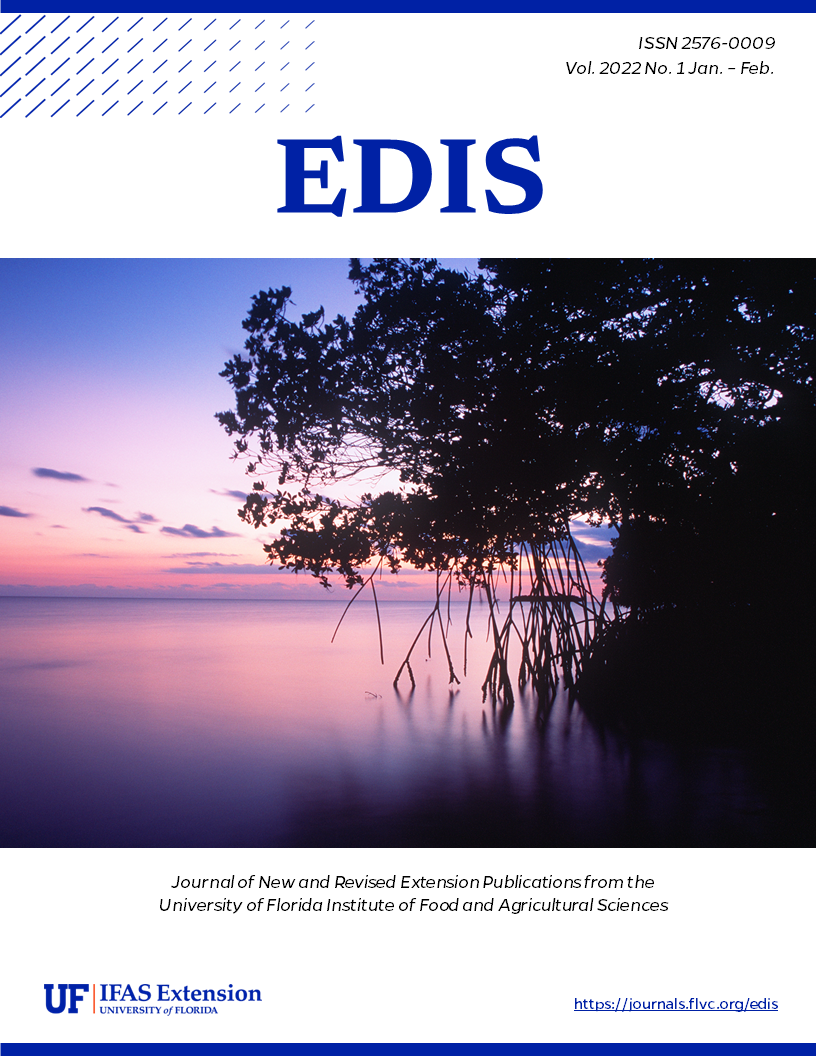Abstract
Creating a community is the way you establish and ultimately present yourself through social media, combining marketing strategy, content production, and community engagement. The objective of this new 5-page publication of the Department of Agricultural Education and Communication is to guide people through the preliminary stages of online community building to engage with a community about science. This document is part of a multipart series on social media titled Using Social Media to Engage Communities with Research. Written by Tyus D. Williams, Kathryn A. Stofer, Lisa Lundgren, and Kirsten Hecht.
https://edis.ifas.ufl.edu/wc400
References
Argenti, P. A. (2006). How technology has influenced the field of corporate communication. Journal of Business and Technical Communication, 20(3), 357–370. https://doi.org/10.1177/1050651906287260
De Bussy, N. M. (2010). Dialogue as a basis for stakeholder engagement. In Heath, R. L. (Ed.), The SAGE handbook of public relations (pp. 127–144). Thousand Oaks, CA: Sage.
Grunig, J. E., & Huang, Y.-H. (2000). From organizational effectiveness to relationship indicators: Antecedents of relationship, public relations strategies, and relationship outcomes. In Ledingham, J. A., Bruning, S. D. (Eds.), Public relations as relationship management: A relational approach to the study and practice of public relations (pp. 23–53). Mahwah, NJ: Lawrence Erlbaum.
Grunig, L. A., Grunig, J. E., & Dozier, D. M. (2002). Excellent public relations and effective organizations: A study of communication management in three countries. Mahwah, NJ: Lawrence Erlbaum. https://doi.org/10.4324/9781410606617
Jarreau, P. B., Cancellare, I. A., Carmichael, B. J., Porter, L., Toker, D., & Yammine, S. Z. (2019). Using selfies to challenge public stereotypes of scientists. PLoS ONE, 14(5), e0216625. https://doi.org/10.1371/journal.pone.0216625
Kent, M. L., & Taylor, M. (1998). Building dialogic relationships through the World Wide Web. Public Relations Review, 24(3), 321–334. https://doi.org/10.1016/S0363-8111(99)80143-X
Lair, D. J., Sullivan, K., & Cheney, G. (2005). Marketization and the recasting of the professional self: The rhetoric and ethics of personal branding. Management Communication Quarterly, 18(3), 307–343. https://doi.org/10.1177/0893318904270744
Lillqvist, E., & Louhiala-Salminen, L. (2014). Facing Facebook: Impression management strategies in company-consumer interactions. Journal of Business and Technical Communication, 28(1), 3–30. https://doi.org/10.1177/1050651913502359
Lund, N., Cohen, S., & Scarles, C. (2018). The power of social media storytelling in destination branding. Journal of Destination Marketing and Management, 8, 271–280. https://doi.org/10.1016/j.jdmm.2017.05.003
Pollach, I. (2005). Corporate self-presentation on the WWW: Strategy for enhancing usability, credibility and utility. Corporate Communication: An International Journal, 10, 285–301. https://doi.org/10.1108/13563280510630098
Rybalko, S., & Seltzer, T. (2010). Dialogic communication in 140 characters or less: How Fortune 500 companies engage stakeholders using Twitter. Public Relations Review, 36(4), 336–341. https://doi.org/10.1016/j.pubrev.2010.08.004
Seltzer, T., & Zhang, W. (2011). Toward a model of political organization–public relationships: Antecedent and cultivation strategy influence on citizens’ relationships with political parties. Journal of Public Relations Research, 23(1), 24–45. https://doi.org/10.1080/1062726X.2010.504791
Shin, W., Pang, A., & Kim, H. J. (2015). Building relationships through integrated online media: Global organizations’ use of brand web sites, Facebook, and Twitter. Journal of Business and Technical Communication, 29(2), 184–220. https://doi.org/10.1177/1050651914560569
Ward, T. (2018, May 31). How to build your personal brand online. Forbes.
Wilcox, D. L., & Cameron, G. T. (2009). Public relations strategies and tactics (9th ed.). Boston, MA: Pearson Allyn & Bacon.

